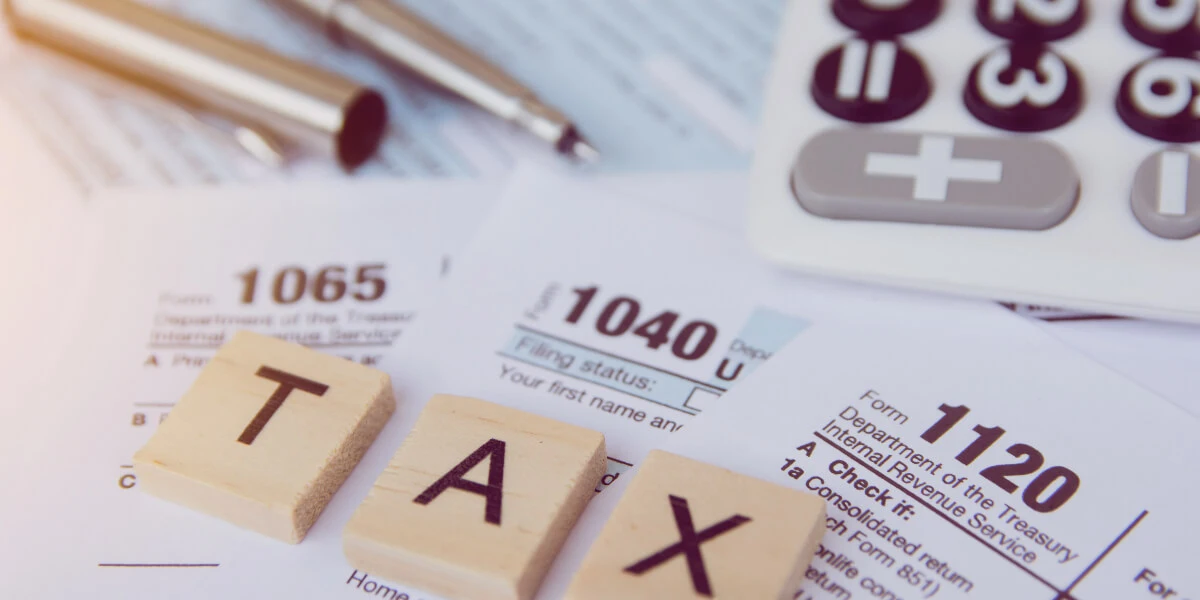Chancellor Rishi Sunak has been under pressure to scrape back the COVID-19 deficit as the UK’s debt has risen to £2.3 trillion in November 2021. One of the ways Sunak plans to do this is by changing how much corporation tax businesses will pay from next year.
This involves effectively reviving the pre-2015 tax regime but giving it a 2023 makeover.
Is corporation tax going up in the UK?
The short answer is yes, corporation tax will be increasing from April 1, 2023.
In general, though corporation tax is going up, many companies remain unaffected. This is because the changes depend on the profits companies garner annually; only the largest companies in the UK will be drastically affected by this increased tax rate.
犀利士
size-full wp-image-2930″ src=”https://digimarkcentral.com/wp-content/uploads/2022/03/Pay-More-Corporation-Tax.webp” alt=”Pay-More-Corporation-Tax” width=”1200″ height=”600″ />
Instead of one flat rate for all businesses, there will be two rates that will apply dependent on profits, with the companies that sit between thresholds able to access a Marginal Relief.
What will corporation tax be in 2022 and 2023?
You can read more about what the corporation tax rates will be for 2022 and 2023 in our blog post on the topic, but this doesn’t mean that smaller companies are off the hook.
What does this mean for my business?
If your company’s profits lie between the thresholds of £50,000 and £250,000 and you’re charged the new 25% tax rate, you may also be able to claim some marginal tax relief to reduce this rate as mentioned above.
However, the way in which this marginal relief is calculated is potentially problematic and complex. It is based on a formula that effectively increases the rate of corporation tax payable on profits that fall within the marginal range to higher than 25%.
How is marginal relief calculated?
The corporation tax on the profits at the 25% main rate is calculated before marginal relief is then deducted.
The marginal relief calculations are then based on offsetting ‘augmented profits’ against the total taxable profits.
For example:
Total profits (taxable and augmented profits) for Company A, with no associated companies, are £190,000 for the year to 31 March 2024. As the profits fall between the thresholds of £50,000 and £250,000, marginal relief applies here.
According to HMRC, ‘augmented profits’ are the company’s total taxable profits plus exempt distributions from non-group companies, including dividends, distribution of assets or amounts treated as a distribution on the transfer of assets or liabilities or the repayment of share capital.
It’s calculated that Company A is entitled to £900 of marginal relief – this slightly reduces the rate of corporation tax payable on all profits by 0.48% to 24.53%.
Therefore, instead of paying 25% on profits of £190,000 (£47,500), Company A pays 24.53% of £190,000 (£46,600).
This is a straightforward outline of calculating what corporation tax you may have to pay from April 2023. However, if the company’s accounting period is less than 12 months, or if there are associate companies, that percentage will differ, and that can be complicated to work out without the help of an expert.
Warr & Co accountants are here to help
With these complex changes coming up fast, Warr & Co can help you be as tax efficient as possible. Our Corporation Tax Planning services are designed to suit a wide range of company sizes and industries, and our business accounting services are best-positioned to support with this critical part of running your business.
We can help you calculate your corporation tax, make sure you’re making use of tax opportunities or tax reliefs, tax-efficient extraction of profits and more.
Get in touch today for a no-obligation, free consultation to see how we can help you!

Ryan Myers is a business blog author and writer. He graduated from the University of California, Berkeley in 2009 with a degree in Political Science. His favorite topics to write about are blogging for small businesses and becoming an entrepreneur.












